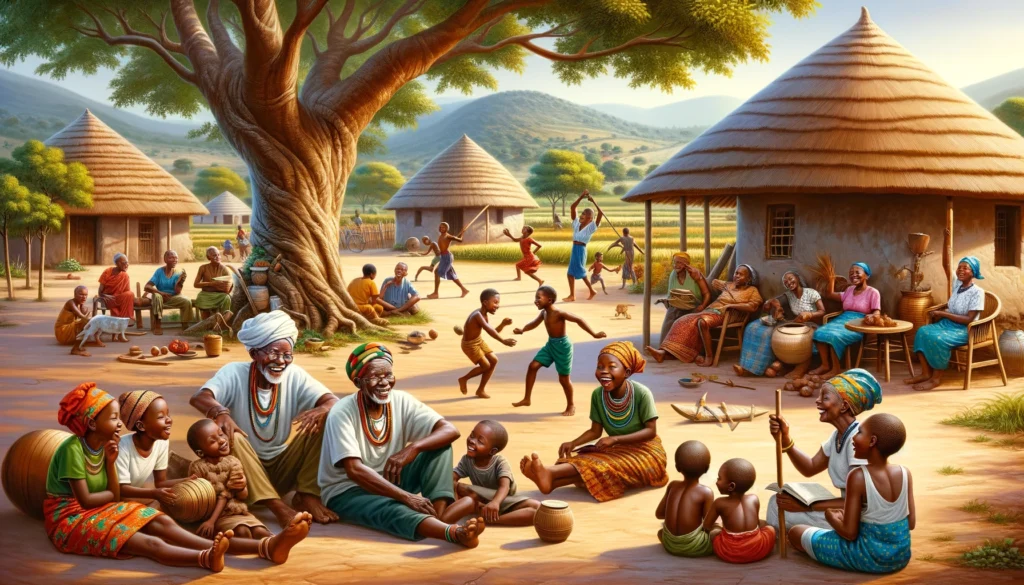10 Differences Between San and Khoikhoi: The San and Khoikhoi are two distinct groups indigenous to southern Africa, often collectively referred to as the...
The Native Land Act of 1913 had profound and long-lasting economic effects on South Africa, primarily impacting the black majority. Here are the key economic effects of the Native Land Act of 1913:
- Land Dispossession: The Act restricted the black population to owning land only within designated reserves, which constituted about 7% of South Africa’s total land. This forced many black South Africans off their ancestral lands, severely limiting their ability to farm and sustain their livelihoods.
- Economic Segregation: By limiting land ownership and the economic opportunities it afforded, the Act entrenched economic disparities along racial lines. This segregation prevented black South Africans from participating fully in the economic development of the country.
- Labor Supply: The displacement of black South Africans from their land created a large labor pool of low-wage workers for white-owned mines and farms. This availability of cheap labor supported the growth of South Africa’s mining and agricultural sectors but did so at the expense of the black population’s economic welfare.
- Poverty and Dependency: With limited access to land for cultivation, many black families faced poverty and became economically dependent on working in poor conditions for white landowners or industrial enterprises.
The Native Land Act of 1913 laid the foundation for the apartheid policies that would follow and had lasting negative effects on the economic status of black South Africans, contributing to widespread inequality that persists today.
Land Dispossession
Land Dispossession: The Native Land Act of 1913 profoundly limited the black population to owning land within designated reserves that made up about 7% of South Africa’s total land. This policy resulted in massive displacement, stripping black South Africans of their ancestral lands. These lands were often fertile and vital for their agricultural practices and communal lifestyles. An example of this can be seen in areas like the Eastern Cape, where fertile farming lands were taken and allocated to white settlers, pushing the original inhabitants into less arable regions. This severely curtailed their ability to engage in farming—a primary source of food and income—thus undermining their self-sufficiency and economic stability.
Economic Segregation
Economic Segregation: By confining land ownership to such small and often infertile areas, the Act institutionalized economic segregation. This deliberate limitation prevented black South Africans from accessing the broader economic opportunities that were primarily available to white South Africans. For instance, while white landowners could engage in large-scale farming and benefit from modern agricultural methods, black South Africans were restricted to small plots where such advancements were unfeasible. This segregation ensured that economic power remained concentrated in white hands, and it barred black citizens from sectors of the economy that could lead to significant wealth generation, such as large-scale farming, real estate, and certain business ventures. This policy effectively cemented a racial hierarchy in economic terms, keeping black South Africans at the lower rungs of economic development and prosperity.
Labor Supply
Labor Supply: The displacement resulting from the Native Land Act created a vast labor pool of low-wage workers for white-owned mines and farms. Since many black South Africans were stripped of their ability to farm independently or own profitable land, they were pushed towards seeking employment in the booming mining and agricultural industries. This surge in available cheap labor was crucial for the development of these sectors. For example, the gold mines around Johannesburg relied heavily on this labor force, which enabled the mines to operate extensively and profitably. However, this dependence on black labor came at a significant cost to their economic welfare, as wages were low, and working conditions were often harsh and dangerous, perpetuating a cycle of economic disadvantage.
Poverty and Dependency
Poverty and Dependency: The restrictive access to land forced upon black South Africans confined them to marginal areas unsuitable for effective agriculture, which in turn fostered conditions of severe poverty. This lack of land ownership and the subsequent inability to cultivate crops for self-sustenance or sale led many to become economically dependent on white employers. These employers often controlled large farms or ran industrial enterprises where black workers found themselves in positions with little bargaining power, low wages, and poor working conditions. An example of this can be seen in the agricultural sector in regions like the Free State, where black workers toiled on large farms with minimal pay and few rights, cementing their economic dependency on the white landowners. This structure not only entrenched poverty but also made social and economic mobility nearly impossible for many black families, perpetuating a legacy of dependency and economic inequality.






